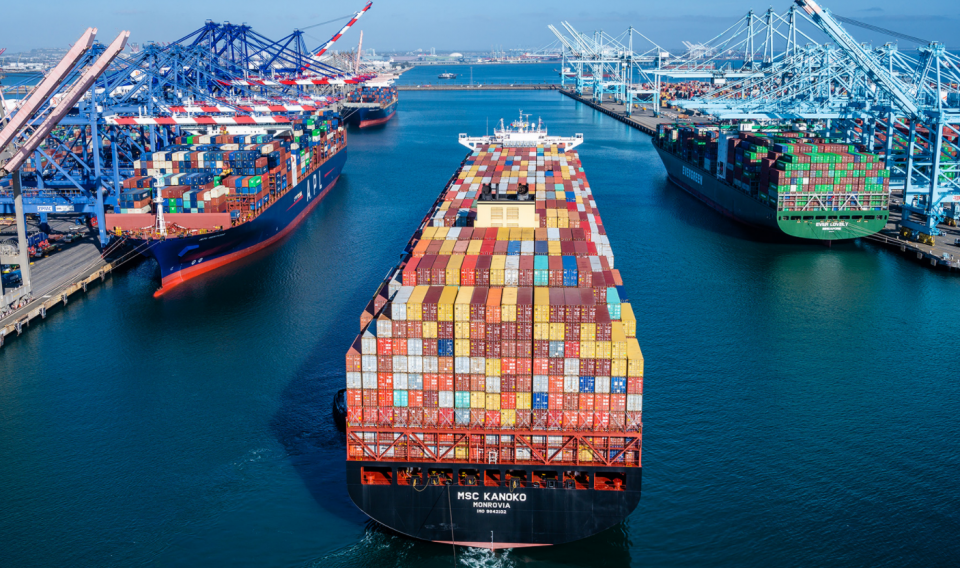While several aspects of the supply chain have improved, they are not back to what they were before the pandemic, housewares suppliers said. And issues such as freight costs and labor remain problematic. Companies exhibiting at The Inspired Home Show this weekend, March 5-7, shared what’s gotten better, and what’s still frustrating.
“It’s taking a long time to discharge and pick up our shipments at our ports so overall time is still longer than before the pandemic.” – Jenny Liao, DKB Household
“Supply chain has forced us to work smarter, more efficiently,” said Michael Karyo, vice president of Prepara. “Shipping has loosened up a bit and prices have come down a bit and stabilized but still very far from the pre-pandemic costs. And like many other industries, staffing, especially at our warehouse, has been a challenge.”
The transit time seems to be improving, with some increased container availability and fewer days at anchor at the port,” said Jeff Malkasian, president, retail brands, Clipper Corp. “The average days at anchor has been slowly declining.”
However, other challenges linger. “There are still delays getting booking due to space constraints,” Malkasian said. “The biggest frustration besides goods that are arriving later than we intended is the continued high freight rates from the carriers both at sea and domestically.”
“It seems that factory capacity and lead time are returning back to normal,” said Jenny Liao, senior supply chain analyst at DKB Household. “But now it’s taking a long time to discharge and pick up our shipments at our ports so overall time is still longer than before the pandemic.”
Dreamfarm now holds more stock and for longer than before as a way to offset international shipping delays, said Alexander Gransbury, founder and managing director of Dreamfarm. “Out of stocks do happen from time to time but they are now few and far between for us, and very short-lived if they do happen. Due to our growth over the last two years, our biggest problem at the moment is warehouse capacity, but it’s a good problem to have.”
Gransbury added that inbound freight costs have “thankfully come down since their height in Sept./Oct. 2021, although still not to pre-pandemic levels.”
Cost of goods remains high as well. “We have seen huge cost increases in materials and have found some relief in very few,” said Matthew Berney, director of sales at Range Kleen. “The shipping situation and cost is still a troubling issue. We reworked our min/max system so that we had very few out of stocks and were 100 percent OTIF (on-time in-full).”


